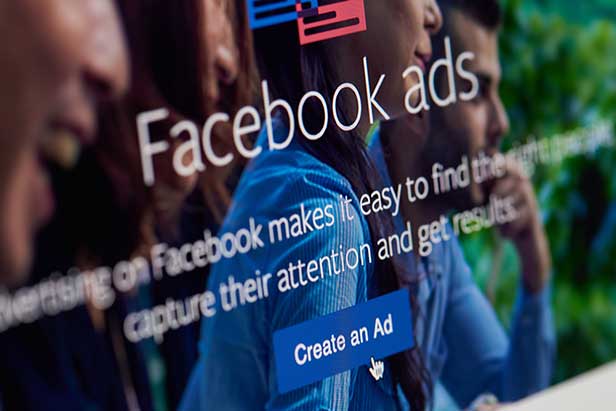How to Improve Facebook Ad Performance
Eager to attract new customers when the pandemic economy has made them a premium? Strategic use of Facebook ads can help.
1. Develop a Facebook Ad Funnel: Charlie Lawrance, founder and CEO of digital marketing agency Gecko Squared, says a successful Facebook ad funnel consists of several stages: awareness, engagement and website remarketing.
The awareness stage is about introducing audiences to your brand – something best achieved through educational or entertaining content-based ads, Lawrance says. The engagement remarketing stage centers on getting audiences to consider your products and services; ads that offer a special promotion can be especially effective here. Target these ads at people who engaged with your awareness content.

With website remarketing, the objective is to engage with people who have already clicked through to your landing page, Lawrance says. Ads at this stage should restate the offer you issued in the engagement phase, but should additionally include elements like testimonials or a sense of urgency and even fear-of-missing-out. Reminder-style ad content that reiterates the limited-time nature of the offer from the engagement stage can do well in this phase.
2. Create a Custom Schedule: Spraying ads all over at various times isn’t wise. It can wear out target audiences (campaign fatigue) and significantly drive up your cost-of-customer-acquisition. Prevent this by honing your approach. Define the audiences you want to reach and target ads to them at specific times when they’re most likely to engage.
3. Ensure Your Landing Page Delivers on Its Promise: Your ad must have a hook – an enticement that appeals directly to the prospects with whom you want to connect. However, this will only help you achieve your goal of getting the prospect into your pipeline if the landing page to which your ad directs traffic is in sync with the promise made in the ad. Otherwise, you might earn clicks but no new customers.
4. Try Shorter Video Ads: Given the quick-hit, scroll-on nature of social media, some evidence suggests that shorter, video-driven ads could be especially effective. Consider this case study: “Champs Sports tested 30-second and six-second video ads to see which was more effective,” Facebook reports. “In this instance, the six-second ads delivered an 11% increase in estimated ad recall, 12% increase in return on ad spend and 271% increase in video completion rate — proving to be most effective in driving results for the brand. The six-second ads also resulted in incremental lift across several other key metrics including conversion rate, average purchase value and click-through rate.”
Facebook accounts for 80.4% of U.S. social referral share to e-commerce sites.
(eMarketer)
5. Experiment With Your Audience: On Facebook, a “Lookalike” audience is a way to reach new people who are likely to be interested in your business because they’re similar to your best existing customers. To get your Lookalike effort going, choose a source audience based on information pulled from elements like fans of your Facebook page and the pixel or code that’s on your website. The pixel collects data that helps you track conversions from Facebook ads. Once done, Facebook identifies common qualities of the audience, such as demographic information and interests, and then delivers your ads to other people who are like the source audience.
6. Build Automated Rules: These rules automatically check your campaigns, ad sets and ads, and then notify you of any changes. Done correctly, the rules provide valuable insights that enable the optimization/alteration of ads so they can have the most success. They also can help reduce the time needed to manage your ads, as they can take the necessary actions for you. Automated rules can, for instance, entail things like automatically pausing a low-performing ad when it hits a specific metric or increasing your budget if a certain number of people click on your ad. When you create an automated rule, you choose things like the criteria that triggers the rule; the action your rule takes on the ad; and the active campaign you want the rule to impact.